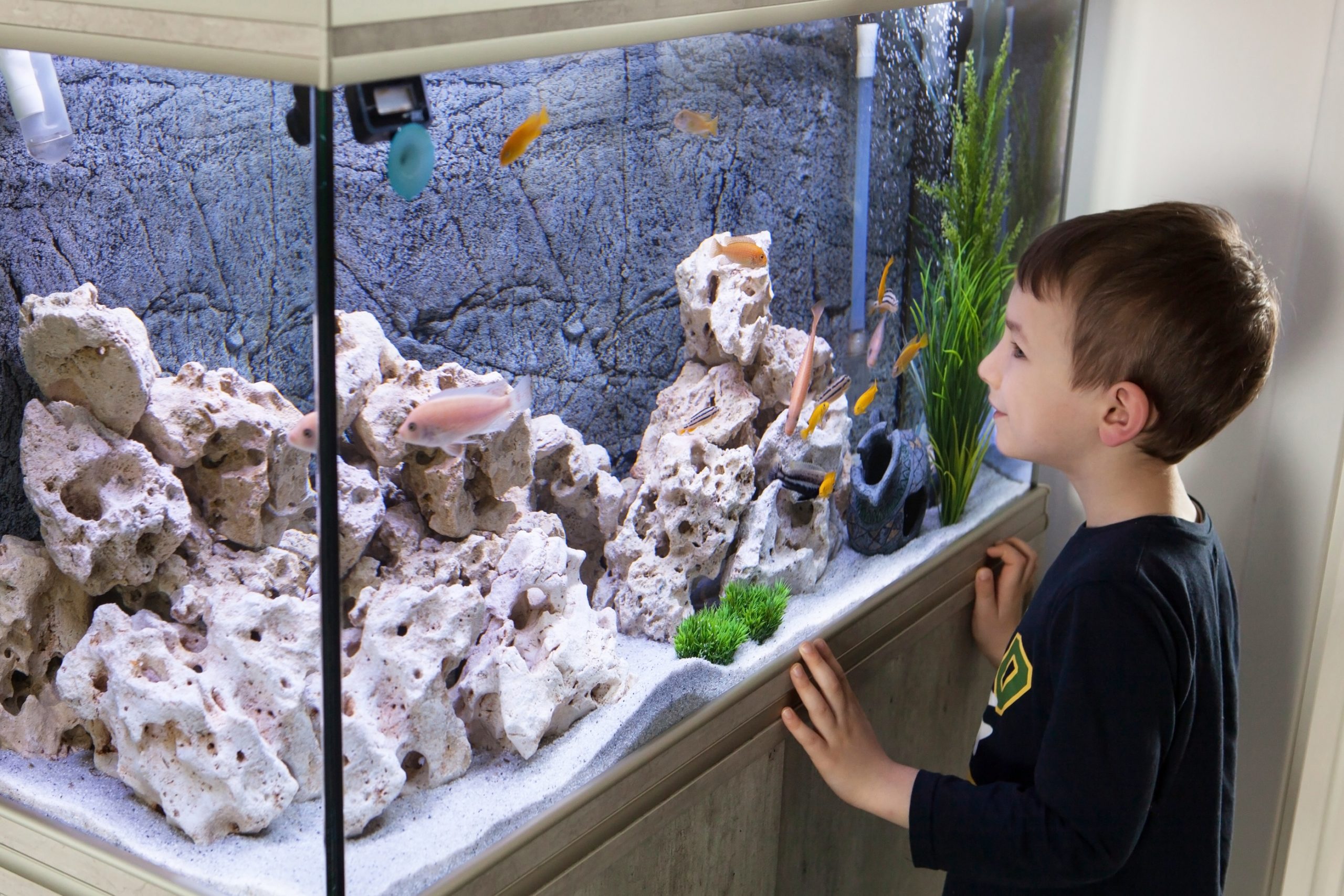Animal Housing: More Pets Means Added Revenue for Retailers
Glenn Polyn //May 1, 2022//
In my Management columns, I’ve tried to hammer home one vital concept for any pet industry retailer: the sale of a given pet only represents the start of your relationship with a customer. That initial sale can lead to years of subsequent purchases, from food and bedding to new housing options to the purchase of additional pets and all the items necessary for those companion animals as well.
However, the largest and most visible subsidiary purchases for any pet owner will undoubtedly be housing related, particularly for reptiles, amphibians and aquatic livestock. Tanks, enclosures, substrate and decorations form a major portion of the ‘up-front’ costs associated with these animals, yet we continually see stores fail to take advantage of this positioning both within their physical stores and within their purchasing structure. If you can buck that trend, the opportunity to garner loyal customers is well within your grasp.
First, consider the positioning of where tanks and enclosures lie within your store’s floor plan. If your store is divided into “sections” based on animal type, a section devoted to enclosures and other relevant items forms a natural transition from reptiles and amphibians into fish and aquatic creatures, as both animal types have significant overlap in what is necessary for those individual animals. Numerous statistics have shown that pet owners are increasingly likely to have additional pets; that person who comes in for their first bearded dragon is much more likely than a person with no pets to come back to you to pick up a second (or subsequent) pet. And, if that pet owner can visualize what their second or third tank might look like, they will become more likely to pick up both a new tenant and an enclosure for them.
Coupled with this comes one of our biggest pet peeves when visiting retailers: so many stores make only a token effort towards making their enclosures attractive, focusing solely on the “bare bones” necessary for that animal’s care. In our eyes, that shows an opportunity lost on multiple levels. Firstly, attractive and creative displays catch the eye of your customers and can easily bring in those who simply might want to scope out what you’ve been able to create. That additional traffic leads directly to additional sales. Providing fuller displays also demonstrates your staff’s expertise in understanding the needs of a given animal and in understanding how various items fit into that animal’s care cycle. Your staff not only will be able to show how well they know their animals, but can provide clear, realistic recommendations for your customers. And, of course, a fuller, complete enclosure leads to a healthier, happier animal, which receives better care and can reduce veterinary costs.
You may even consider offering a contest within your staff to design each display. In this way, you can positively engage your staff, get a number of fantastic displays prepared for your store, ensure that your staff is properly educated on a given species, and can share that information in a cogent, concise manner. Something as simple as a bonus day off or even store credit for an enclosure of their own could provide a great way to incentivize your staff to put their best effort into making your store look its best.
Once your store has quality displays prepared, consider finding ways to lead customers towards recreating those displays in their own home. With each display, consider including an index card-sized listing of all the items needed to replicate that display and where those items might be found in your store. A list with entries as simple as “XXXX Brand Substrate: Aisle 8” or “YYYY Castle Decoration: Aisle 7” makes it easy for your customers to find exactly what they might be looking for, as well as reasonable alternatives for those creatures. Similarly, you may want to build out a sticker system, so that staff and customers can quickly identify what type of animal a given item might be best for. Printing coin-sized stickers — blue for fish, red for reptiles, green for amphibians, etc. — can provide an easily identifiable method for both customers and staff to recognize what might be best for a given species.
While it might take some extra effort, focusing on enclosures and decorations can make a major impact in your quarterly sales and in making your store a destination for pet owners throughout your area. With a little creativity and some clever work, you customers will keep coming back to your store for the best in animal housing.
In our next article, we’ll take a look at how to use health care guides as a point of education for both your staff and your customers.
John Mack is the founder and CEO of Reptiles by Mack. He is also the chair of the Pet Advocacy Network board of directors and is on the Pet Advocacy Network’s Zoonosis Committee. His Ohio-based company is widely recognized as one of the largest reptile breeders and suppliers in the U.S.A. today.



















